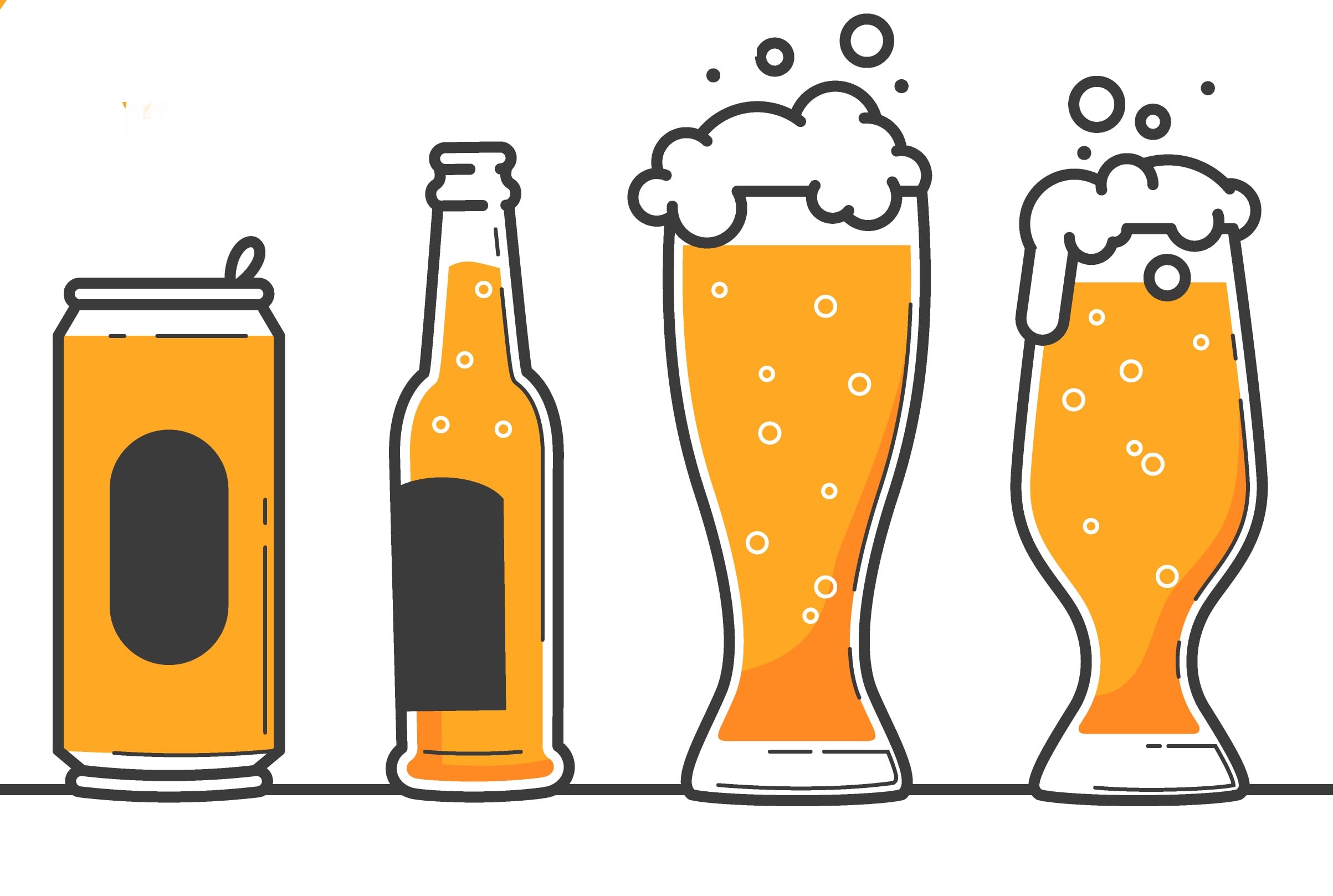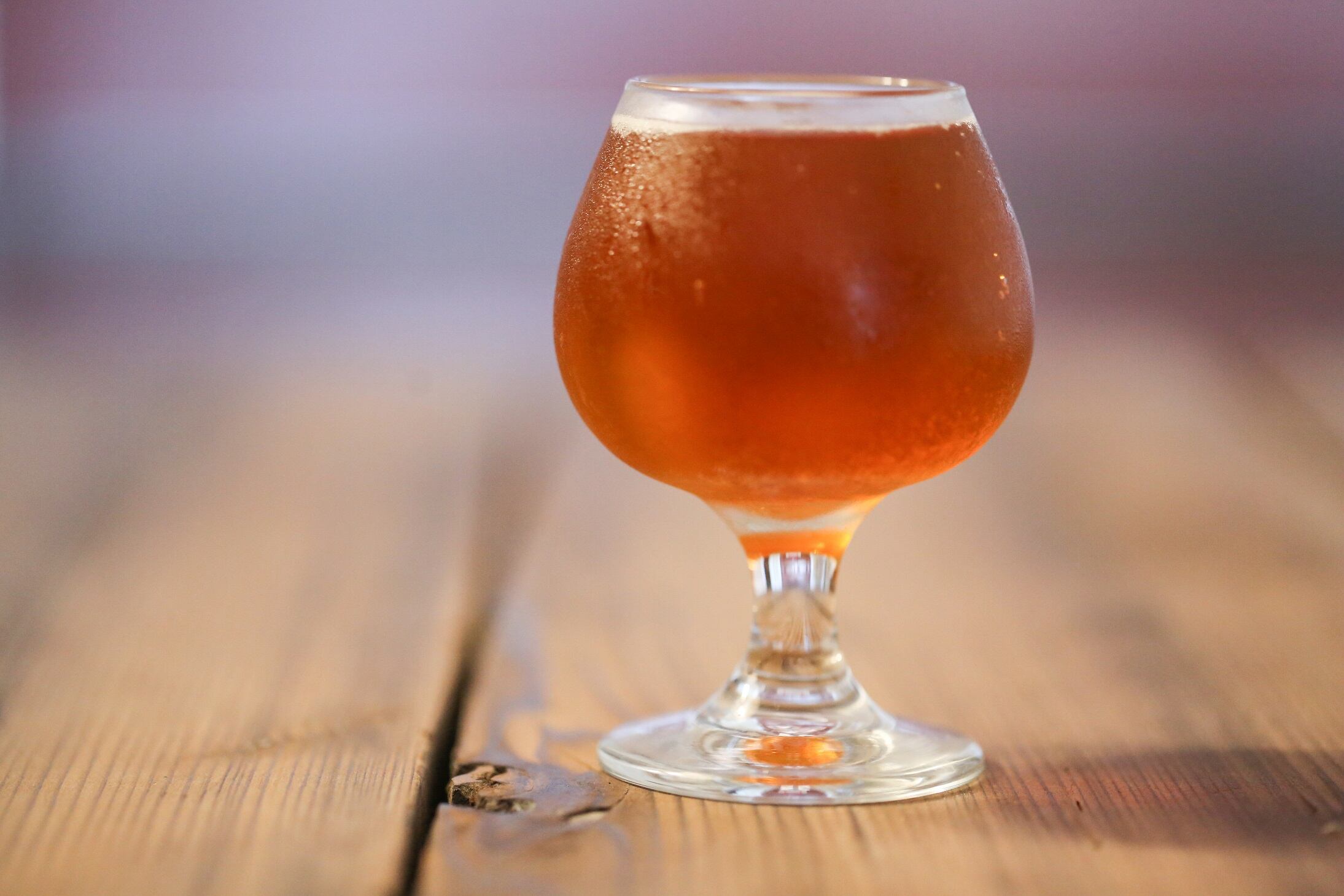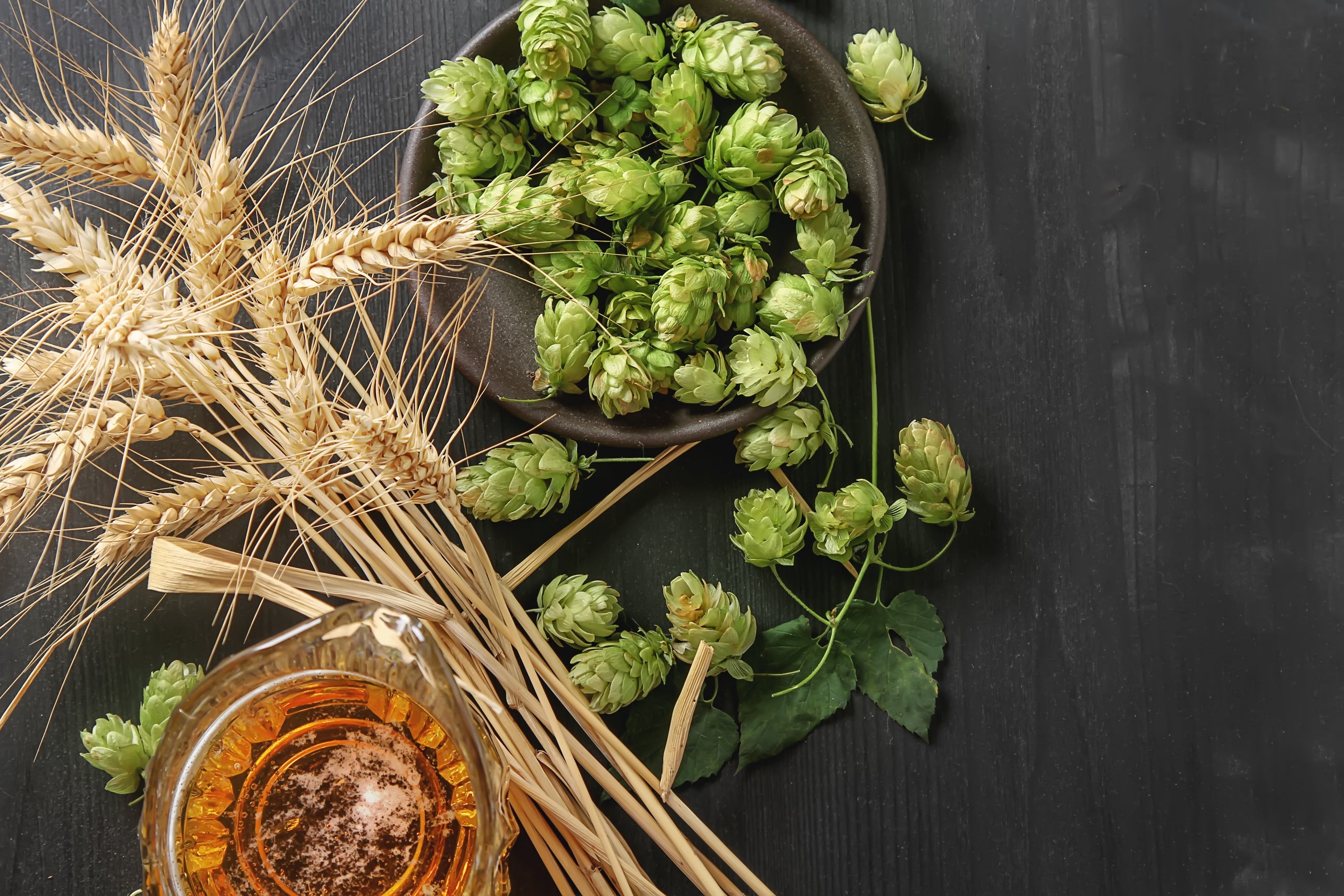A key implication of the change is that a brewer will no longer have to have the majority of its volumes in beer in order to be considered craft, which the association says will support innovation.
The Brewers Association (BA) says that as craft brewers seek new sources of revenue and innovate in new areas, they are creating products that do not fit the traditional definition of beer – but should not have to sacrifice their ‘craft brewer’ status as a result.
“Definitions can and do evolve over time,” says the BA, which is the trade association for the US craft beer industry. “That goes with the progress of a thriving culture. As new innovations occur, the Brewers Association must be positioned to support them in order to keep pace with the evolving world of beer.”
Craft to kombucha
The main implication of the change is that a brewer is no longer required to have a majority of its total beverage alcohol volume in beer in order to be considered a craft brewer.
A recent survey found that around 40% of Brewers Association members are already making products that fall outside the ‘traditional’ pillar, such as cider, mead, hard seltzers, sake or alcoholic kombucha. More than half said they would consider making such products in the future.
And nearly half of those surveyed said they would consider making beers with CBD or THC from cannabis, should regulations allow.
“The ‘traditional’ pillar required a craft brewer to have ‘a majority of its total beverage alcohol volume in beers whose flavors derive from traditional or innovative brewing ingredients and their fermentation,’” explained Bart Watson, chief economist, BA.
“This has been replaced with a simpler ‘brewer’ pillar that requires a craft brewer to 1) be in possession of a TTB Brewer’s Notice and 2) make beer.
“The primary implication of this change is that a brewer is no longer required to have a majority of its total beverage alcohol volume in beer. That means that companies that produce across beverage alcohol categories can be considered craft brewers if they meet the other requirements: produce less than six million barrels (of beer globally) and remain independent.”
US craft brewer: As defined by the Brewers Association from this month
Small: Annual production of 6 million barrels of beer or less (approximately 3% of US annual sales). Beer production is attributed to a brewer according to rules of alternating proprietorships.
Independent: Less than 25% of the craft brewery is owned or controlled (or equivalent economic interest) by a beverage alcohol industry member that is not itself a craft brewer.
Brewer: Has a TTB [Alcohol and Tobacco Tax and Trade Bureau] Brewer’s Notice and makes beer.
(This third pillar replaces the previous ‘traditional’ section which read: “Traditional - A brewer that has a majority of its total beverage alcohol volume in beers whose flavor derives from traditional or innovative brewing ingredients and their fermentation. Flavored malt beverages (FMBs) are not considered beers.”)
Since the launch of the BA's original craft brewer definition in 2006, the craft brewing industry has more than tripled in size and market share.
The craft brewer definition was previously amended in 2007, 2010 (when the definition of ‘small’ was increased from 2 million to 6 million barrels) and 2014.
Craft beer controversy
This month’s change was proposed to members in October with an invitation for comments and feedback. The BA says the majority of respondents were in favor of updating the definition, with no distinction between opinions from different brewery sizes or types.
But the proposed change did come under fire from some brewers: who felt the removal of the traditional component would signal a move aware from core beer products and bow down to the demands of larger craft brewers who are increasingly turning to other products. They highlighted that the change of definition means that large craft brewer Boston Beer Company – producer of Sam Adams but also a number of other products – could keep its craft beer status.
Responding to these concerns, the BA says that the definition change will become more important and relevant to an increasing number of brewers as the category develops.
“This move was not made because of Boston Beer, but the timing of evaluating and revising the definition is related to Boston Beer. Other companies will be facing a similar circumstance in the coming years and it’s natural that the largest small and independent brewers would get there first.
“Keeping one of our largest voting members, Boston Beer Company, in the craft data set bolsters the association’s arguments for shelf space, government affairs capability, and technical program contributions.”
Changing goal posts: Measuring the craft beer category
Changing the definition of a craft brewer will change the annual statistics produced by the BA, but Watson says that it will not make a huge difference to the overall figures nor artificially inflate the reported size of the category.
He estimates an extra 100 producers will now be considered as craft brewers: against a backdrop of a total beer industry of 7,000 breweries.
“In 2017, approximately 60 small brewers were kept out of the craft brewer data set due to the 50% ‘traditional’ requirement, mostly due to wine or mead production,” he said.
“Although it is impossible to know how many companies would have been excluded in the 2018 data set, it would likely have been around 100 breweries, which will now be included.
The BA will create a comparable 2017 base when compiling its next set of statistics to take the definition change into account.
“However, these shifts will be small, likely in the 15,000-barrel range, and won’t significantly impact overall craft share.”
More information about the new definition can be found here, and a FAQ page can be found here.




